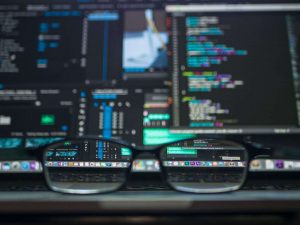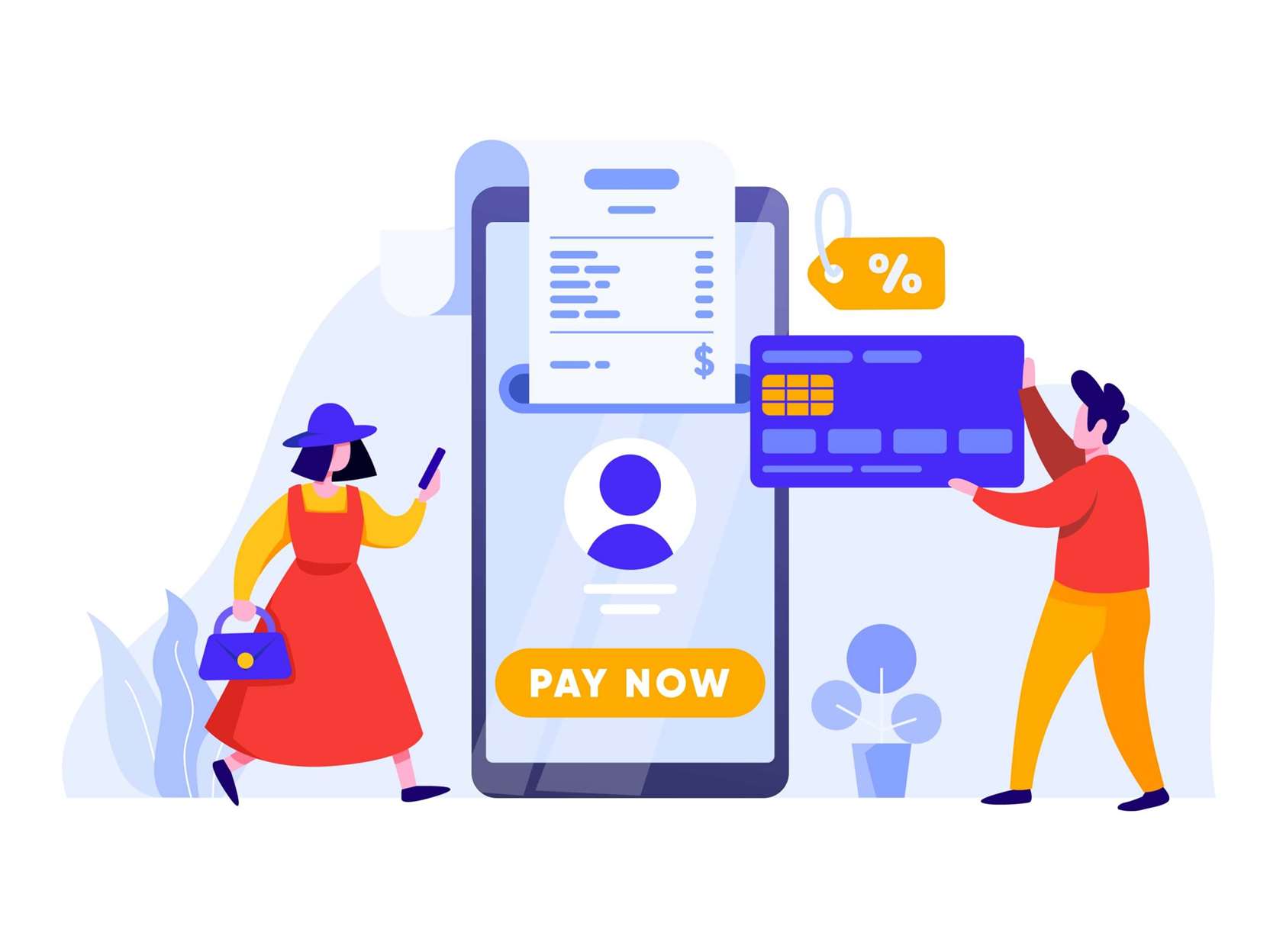Most companies deploy new software to a small proportion of users (10 to 15%) and slowly phase it into the remainder of the customer base. Gradual introduction means you limit the impact on the UX if there’s an overlooked problem with the product. Once the design specification is prepared, all of the stakeholders will evaluation this plan and provide their suggestions and ideas.
- Relevant questions include whether or not the newly implemented system meets necessities and achieves project goals, whether the system is usable, reliable/available, correctly scaled and fault-tolerant.
- ” This section of the SDLC begins by turning the software program specs into a design plan called the Design Specification.
- In theory, all of the prior planning and outlining ought to make the precise growth phase relatively easy.
- After testing, the QA and testing staff might discover some bugs or defects and talk the same with the builders.
- Getting early suggestions from an end consumer allows the elimination of issues and bugs in the early phases of software program creation.
It is completely obligatory to gather and incorporate stakeholder’s input within the document, as a small mistake can lead to value overrun. In this phase, Developer needs to follow certain predefined coding pointers. They also want to use programming instruments like compiler, interpreters, debugger to generate and implement the code. In this third part, the system and software design paperwork are ready as per the requirement specification document. Requirements Gathering stage need groups to get detailed and precise necessities. This helps corporations to finalize the mandatory timeline to finish the work of that system.
How To Choose A Software Program Development Company: Basic Do’s And Don’ts
Since SDLCs have well-structured documents for project targets and methodologies, staff members can go away and get replaced by new members comparatively painlessly. Developers must now move into upkeep mode and begin training any actions required to deal with issues reported by end-users. After testing, the overall design for the software will come collectively. Different modules or designs might be built-in into the primary supply code through developer efforts, normally by leveraging training environments to detect further errors or defects. During the testing stage, developers will go over their software with a fine-tooth comb, noting any bugs or defects that have to be tracked, fixed, and later retested.
The agile methodology depends on ongoing release cycles that make small, incremental modifications to the previous release. Builds evolve as groups add new features and enhancements with each deployment. Companies opt for this model to get priceless early suggestions from clients. Users supply input on the prototype, developers implement the requested modifications, and the group creates a better model of the prototype. The V-shaped model (also known as the Verification and Validation Model) requires the group to run coding and testing tasks in parallel.

The system development ought to be full in the pre-defined timeframe and price. SDLC consists of an in depth plan which explains the means to plan, build, and preserve particular software the first step in the system definition phase of the systems development life cycle (sdlc) is to program. Every part of the SDLC life Cycle has its personal process and deliverables that feed into the next phase. SDLC stands for Software Development Life Cycle and can be referred to as the Application Development life-cycle.
Operations And Upkeep
Following one of the best practices and/or stages of SDLC ensures the method works in a smooth, efficient, and productive method. The testing stage ensures the application’s features work accurately and coherently and fulfill person goals and expectations. Each of them requires totally different specialists and numerous skills for profitable project completion.
An output artifact does not need to be fully outlined to serve as input of object-oriented design; analysis and design might happen in parallel. In apply the results of 1 exercise can feed the opposite in an iterative process. Secure SDLC (or SSDLC) is a software life cycle with totally integrated security checks at each part. Teams start serious about safety dangers and measures in the course of the first stage of the SDLC. The massive bang mannequin is a high-risk SDLC type that throws most of its sources at growth with out requiring an in-depth evaluation initially of the cycle.

Companies with decrease maturity or in some extremely regulated industries may require guide approvals during this SDLC stage. Most groups rely on automated exams to speed up this part, but some manual examinations are also valuable (penetration exams are a great example). If you are considering a transition to DevOps, ensure the group has a agency grasp of SDLC strategies earlier than you introduce radical workflow modifications. The developers can present the work done to the business analysts in case if any modifications or enhancements required. However, regardless of the model you choose, there are plenty of instruments and options, like Stackify’s Retrace tool, to assist you every step of the method in which. Developers create a model very quickly and for relatively little cost, then test and improve it via speedy and successive variations.
Necessities Analysis Phase
A massive bang starts with little planning and rapidly moves to the coding stage. In many instances, developers are the only ones liable for figuring out requirements, writing code, and checking the validity of a finished product. A true V-shaped mannequin doesn’t have a devoted testing part since every growth stage has its personal QA sequence. Waterfall phases run sequentially, and each stage relies upon instantly on the finish result of the previous part (i.e., each step “waterfalls” into the next one). In a true waterfall mannequin, the team by no means goes back a step after ending a part, so the mannequin’s success rests on the staff’s capacity to avoid errors. This stage requires a combined effort of business analytics, operations, management, development, and safety groups.
One of the upsides to this model is that builders can create a working version of the project comparatively early of their development life cycle, so implementing the modifications is often less expensive. Perhaps most importantly, the strategy planning stage units the project schedule, which can be of key importance if improvement is for a industrial product that must be sent to market by a certain time. Before we even begin with the strategy planning stage, the most effective tip we can give you is to take time and acquire a correct understanding of app improvement life cycle. In this guide, we’ll break down every little thing you have to know about the system development life cycle, together with all of its stages.
SDLC works by reducing the price of software improvement whereas simultaneously bettering high quality and shortening manufacturing time. SDLC achieves these apparently divergent objectives by following a plan that removes the typical pitfalls of software development tasks. The systems development life cycle initially consisted of 5 levels instead of seven. These included planning, creating, growing, testing, and deploying.
Theoretically, this model helps groups to address small points as they arise quite than lacking them till later, extra complex phases of a project. The Big Bang model is incredibly versatile and doesn’t follow a rigorous course of or procedure. It’s largely used to develop broad ideas when the client or consumer isn’t sure what they want.
Evaluation Stage
The growth staff fixes the bug and ship again to QA for a re-test. This course of continues until the software program is bug-free, steady, and working in accordance with the business wants of that system. Each SDLC model presents a unique course of on your team’s numerous project challenges. The project’s specs and supposed outcomes significantly affect which mannequin to use. For instance, the waterfall mannequin works finest for projects the place your group has no or limited entry to prospects to supply fixed feedback. However, the Agile model’s flexibility is most well-liked for complicated initiatives with continuously changing requirements.

Each iteration goes via verification and requires both consumer or stakeholder suggestions. The last iteration deploys a product model that went by way of rigorous testing and meets all the requirements specified in the DDS. Different SDLC methodologies (or models) prioritize completely different elements of product creation and measure success in distinctive ways. Let’s look at the preferred SDLC methodologies you’ll be able to undertake at your organization.
But in concept, it illuminates the shortcomings of the main waterfall model by stopping larger bugs from spiraling out of control. Projects cross through four primary phases repeatedly in a metaphorically spiral motion. This can embrace dealing with residual bugs that were not able to be patched before launch or resolving new points that crop up due to consumer stories.
SAD interacts with distributed enterprise structure, enterprise I.T. This high-level description is then damaged down into the elements and modules which could be analyzed, designed, and constructed individually and built-in to accomplish the enterprise aim. SDLC and SAD are cornerstones of full life cycle product and system planning. Phase 6 of the preliminary improvement state of the techniques https://www.globalcloudteam.com/ growth life cycle places the software program into production and runs as needed. If it performs the duties correctly and represents the system, the developer moves on to the following section of upkeep inside the system growth life cycle.
It is the longest section of the Software Development Life Cycle course of. At this stage, the goal is to deploy the software to the manufacturing surroundings so customers can begin utilizing the product. However, many organizations select to move the product via completely different deployment environments such as a testing or staging surroundings. This method implies a linear kind of project phase completion, where each stage has its separate project plan and is strictly associated to the previous and subsequent steps of system development.
